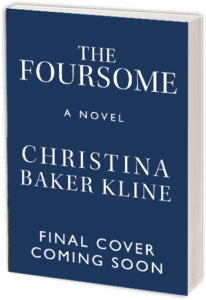
This week I’m working on revising fiction with my undergraduate and grad students at Fordham. Below are some of the tips and ideas I’ve collected over the years that my students find most useful. (Next week I’ll talk in this space about the best exercises I’ve found for revising nonfiction.)
1) First, answer these questions:
What is my story about? Another way of saying this is: What is the pattern of change? Once this pattern is clear, you can check your draft to make sure you’ve included all the crucial moments of discovery and decision. Is there a crisis action?
2) Write three new openings. Each one should be at least a paragraph long. In each opening, start from a different moment in the story – maybe even at the very end.
3) For a dialogue scene in your story/novel: go back and ground it in the physical world by adding:
a. two actions or gestures that will help us see another important character
b. two physical descriptions of another character that will help us visualize him or her
c. two setting or atmosphere details that will help put readers in the scene
4) The dramatic elements of a story/novel – crisis, power shifts, emotional connections, and withdrawals – are often mirrored on a smaller scale within a scene.
Try analyzing one of your own scenes, asking yourself:
a. What kind of power does each of the main characters have?
b. Where is there at least one shift in power – or even a failed attempt to take power?
c. Where is there at least one moment of making or breaking the emotional connection between the characters? Does it raise the emotional temperature?
d. Is there a mini-crisis or turning point? Something that is said or done, however minor, after which things cannot go back to quite the way they were before?
5) Are your most important lines in direct dialogue, or summarized? Generally, these should be direct. Is information or idle chatter direct or summarized? Generally, these should be summarized. Revise to make sure that the most important moments are in direct dialogue.













